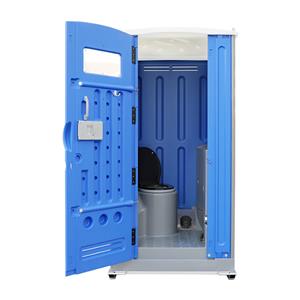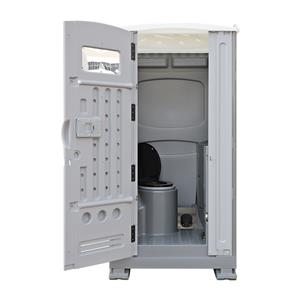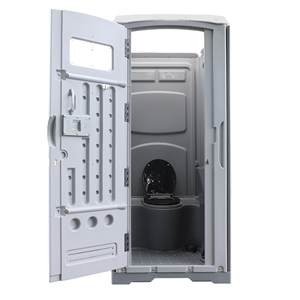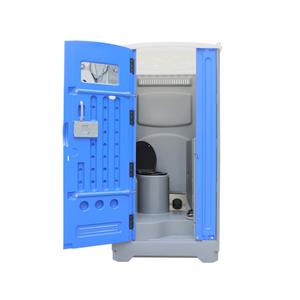Portable toilets have become an essential part of outdoor adventures, construction sites, events, and even emergency situations. But have you ever wondered how these compact and convenient facilities actually work? Whether you’re a seasoned camper, a construction worker, or someone planning an outdoor event, understanding how portable toilets operate can help you use and maintain them more effectively. In this comprehensive guide, we’ll dive into the mechanics of portable toilets, their components, and tips for keeping them in top condition.
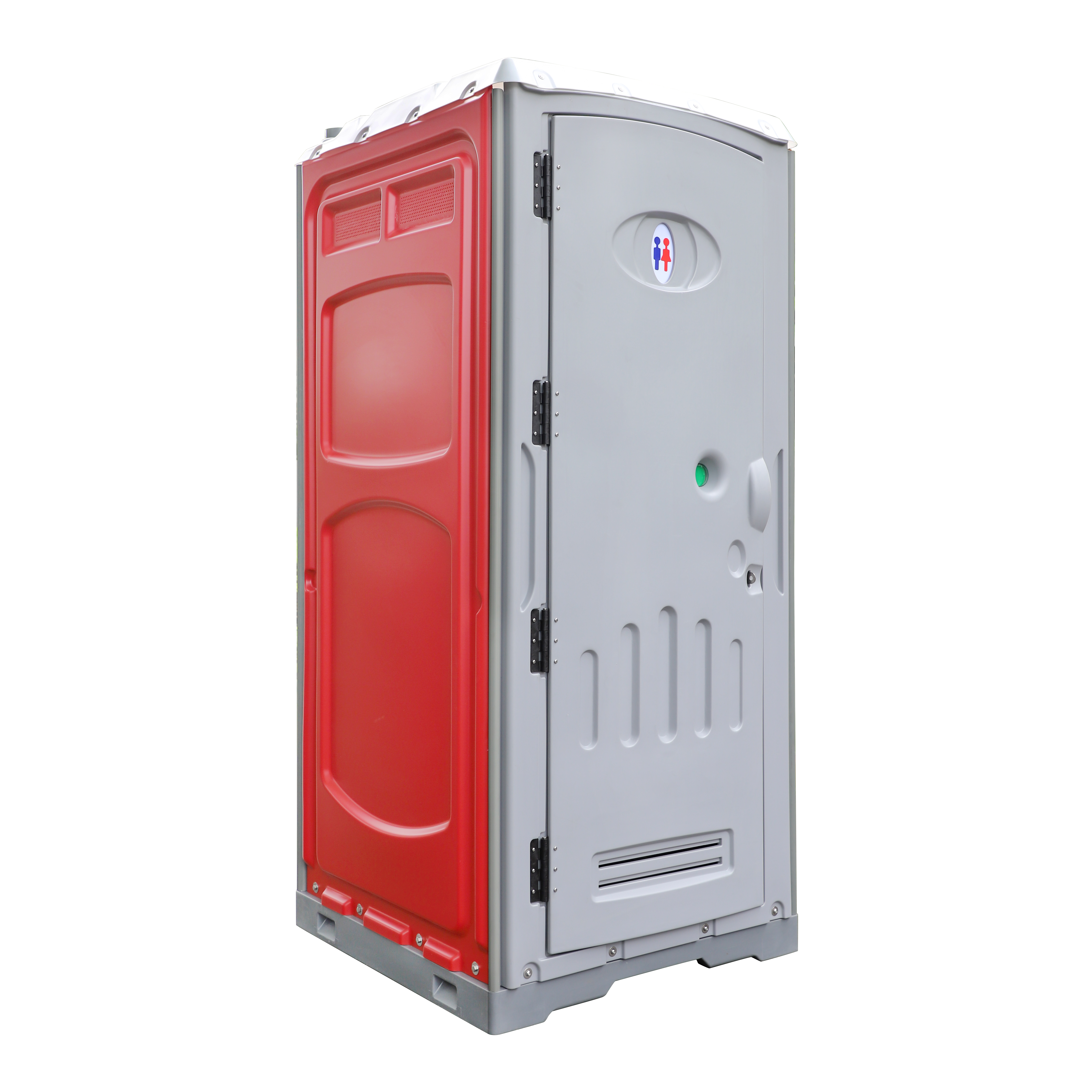

What Is a Portable Toilet?
A portable toilet, also known as a porta-potty, is a self-contained sanitation unit designed for temporary use. Unlike traditional toilets connected to plumbing systems, portable toilets are compact, mobile, and equipped with their own waste storage and disposal mechanisms. They are commonly used in areas where permanent restroom facilities are unavailable or impractical, such as campsites, festivals, construction sites, and disaster relief zones.
Key Components of a Portable Toilet
To understand how portable toilets work, let’s break down their main components:
1、Toilet Seat and Bowl:
The most recognizable part of a portable toilet, the seat and bowl are designed for comfort and ease of use. They are typically made from durable, easy-to-clean materials like polyethylene.
2、Freshwater Tank:
Some portable toilets, especially those with flushing systems, come with a freshwater tank. This tank stores clean water used for flushing.
3、Waste Holding Tank:
This is where waste is stored after use. The holding tank is sealed to prevent leaks and odors, and it’s often treated with chemicals to break down waste and control bacteria.
4、Flush Mechanism:
Many portable toilets feature a manual or electric flush system to rinse the bowl after use. The flush mechanism is connected to the freshwater tank.
5、Chemical Solutions:
Special chemicals are added to the waste tank to break down solid waste, neutralize odors, and minimize bacterial growth. These chemicals are usually biodegradable and environmentally friendly.
6、Ventilation System:
To reduce odors, portable toilets often include a ventilation system, such as vents or fans, to allow air circulation.
7、Carrying Handles and Wheels:
For portability, most units come with handles or wheels to make transportation easier.
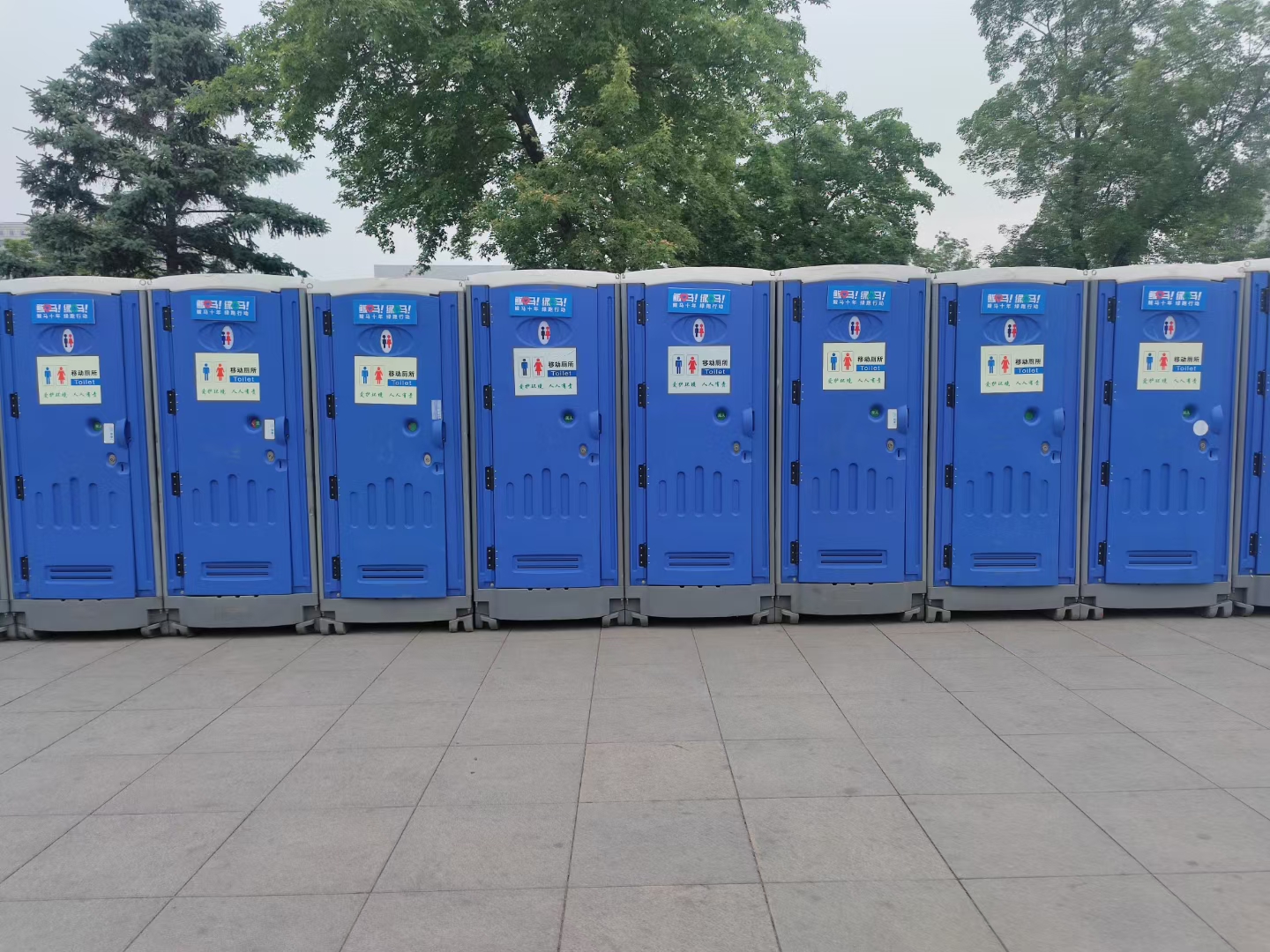
How Do Portable Toilets Work?
The functionality of a portable toilet depends on its type and design, but here’s a general explanation of how they work:
Step 1: Use
When a person uses the toilet, waste enters the bowl. In models with a flush system, the user activates the flush to rinse the bowl with water from the freshwater tank.
Step 2: Waste Storage
Waste is directed into the holding tank. Chemicals in the tank begin breaking down solid waste and neutralizing odors.
Step 3: Ventilation
The ventilation system allows air to circulate, further reducing odors and keeping the interior fresh.
Step 4: Waste Disposal
When the holding tank is full, it needs to be emptied. Most portable toilets have a detachable waste tank that can be transported to a disposal site. The waste is then emptied into a sanitary sewer or septic system.
Types of Portable Toilets
Portable toilets come in various designs to suit different needs and environments. Here are the most common types:
1、Basic Portable Toilets:
These are the simplest and most affordable models, often used at construction sites and events. They consist of a seat, bowl, and waste holding tank.
2、Flushable Portable Toilets:
These units feature a flush mechanism connected to a freshwater tank. They are more hygienic and comfortable, making them ideal for camping and RV use.
3、Composting Toilets:
Composting toilets use natural processes to break down waste into compost. They are eco-friendly and often used in remote or off-grid locations.
4、Chemical Toilets:
These toilets rely on chemical solutions to break down waste and control odors. They are commonly used in boats, RVs, and outdoor events.
5、High-End Portable Toilets:
Luxury portable toilets offer additional features like hand sanitizers, mirrors, and improved ventilation. They are often used at VIP events or upscale outdoor functions.
Advantages of Portable Toilets
1、Convenience: Portable toilets provide a sanitary solution in areas without permanent restrooms.
2、Mobility: They can be easily transported and set up wherever needed.
3、Cost-Effective: Renting or purchasing a portable toilet is often more affordable than building permanent facilities.
4、Eco-Friendly: Many portable toilets use biodegradable chemicals and efficient waste management systems.
5、Hygienic: Properly maintained portable toilets reduce the risk of contamination and disease.
How to Maintain a Portable Toilet
Proper maintenance is essential to keep your portable toilet functional and hygienic. Here are some tips:
1、Add Chemicals: Regularly add biodegradable chemicals to the waste tank to break down waste and control odors.
2、Empty the Tank: Monitor the waste tank’s level and empty it before it becomes too full. Use designated disposal sites to avoid environmental contamination.
3、Clean Regularly: Rinse the bowl and seat with water and mild detergent after use. Disinfect the interior to prevent bacterial growth.
4、Check the Ventilation: Ensure the ventilation system is functioning properly to reduce odors.
5、Store Properly: When not in use, store the portable toilet in a dry, cool place to extend its lifespan.
Common Misconceptions About Portable Toilets
1、"Portable Toilets Are Always Unpleasant":
Modern portable toilets are designed with advanced odor control and ventilation systems, making them much more comfortable to use.
2、"They’re Harmful to the Environment":
Many portable toilets use eco-friendly chemicals and waste management systems to minimize their environmental impact.
3、"They’re Only for Construction Sites":
Portable toilets are versatile and can be used for camping, events, emergency situations, and more.
Conclusion
Portable toilets are a practical, efficient, and hygienic solution for temporary sanitation needs. Whether you’re hosting an outdoor event, exploring the wilderness, or managing a construction site, understanding how portable toilets work can help you make the most of this essential resource. By choosing the right type and maintaining it properly, you can ensure a comfortable and sanitary experience for everyone involved.
So, the next time you encounter a portable toilet, you’ll know exactly what goes on behind the scenes—and why they’re such an important part of modern life.




